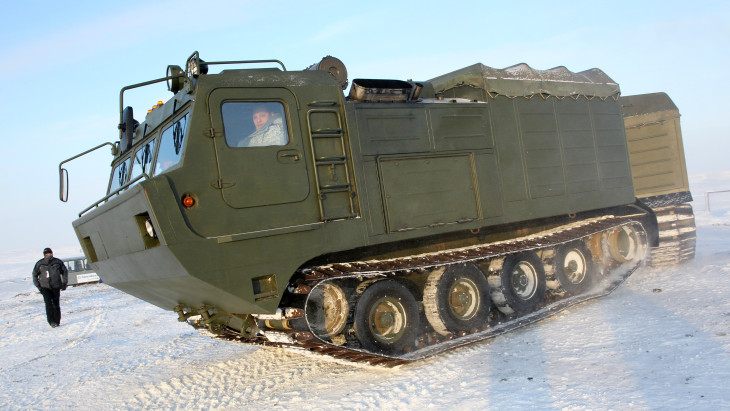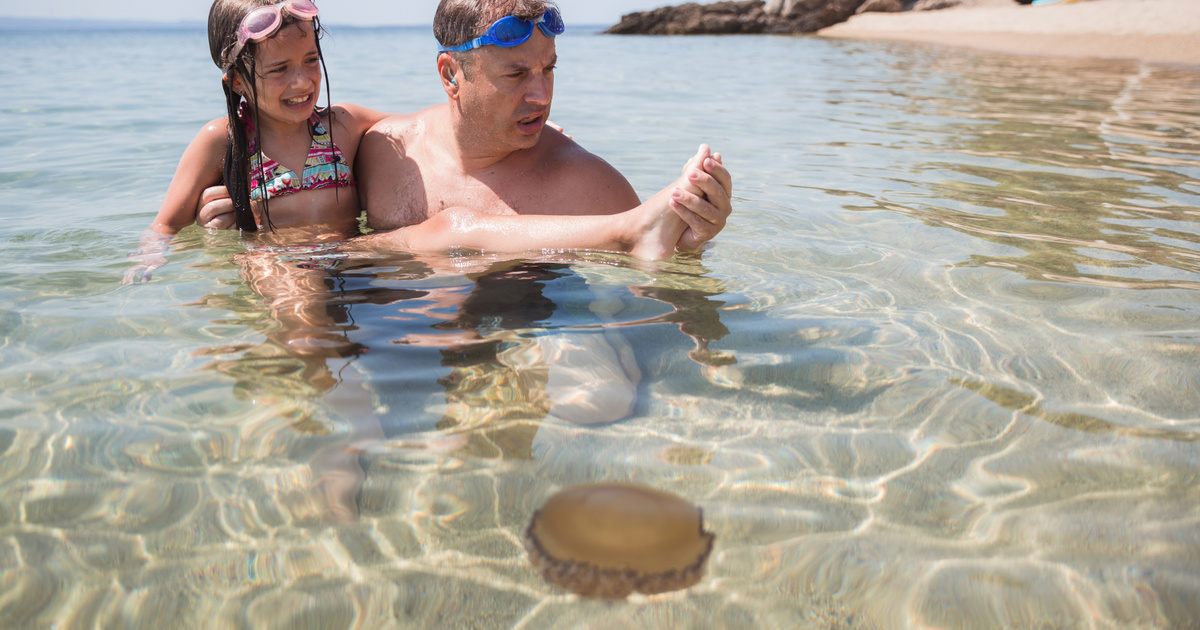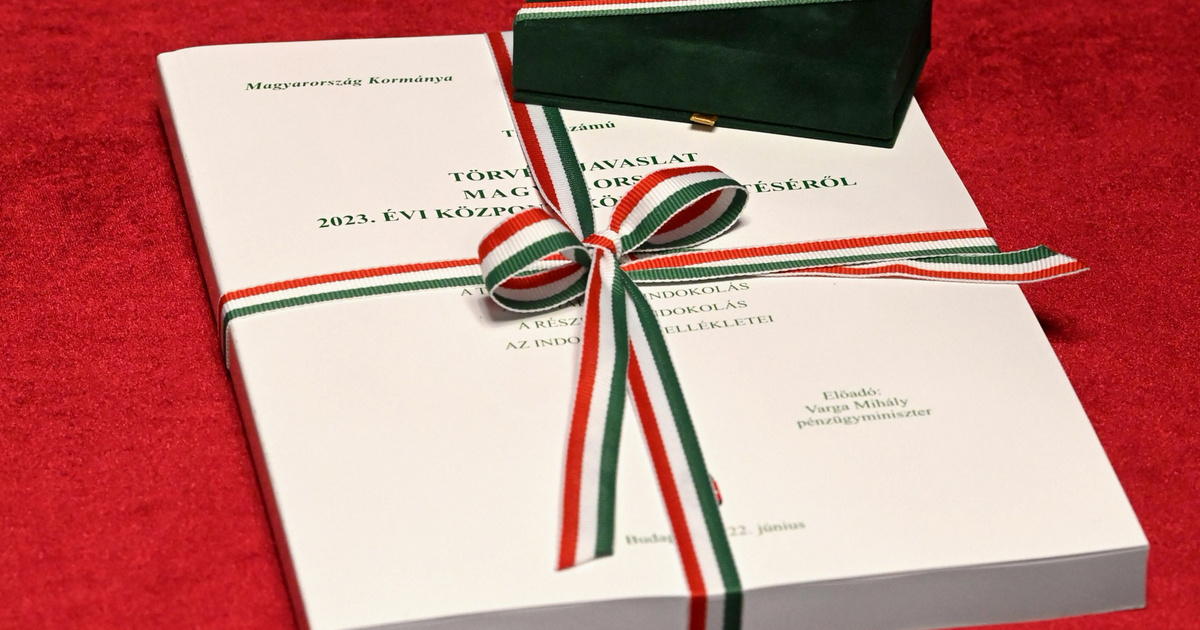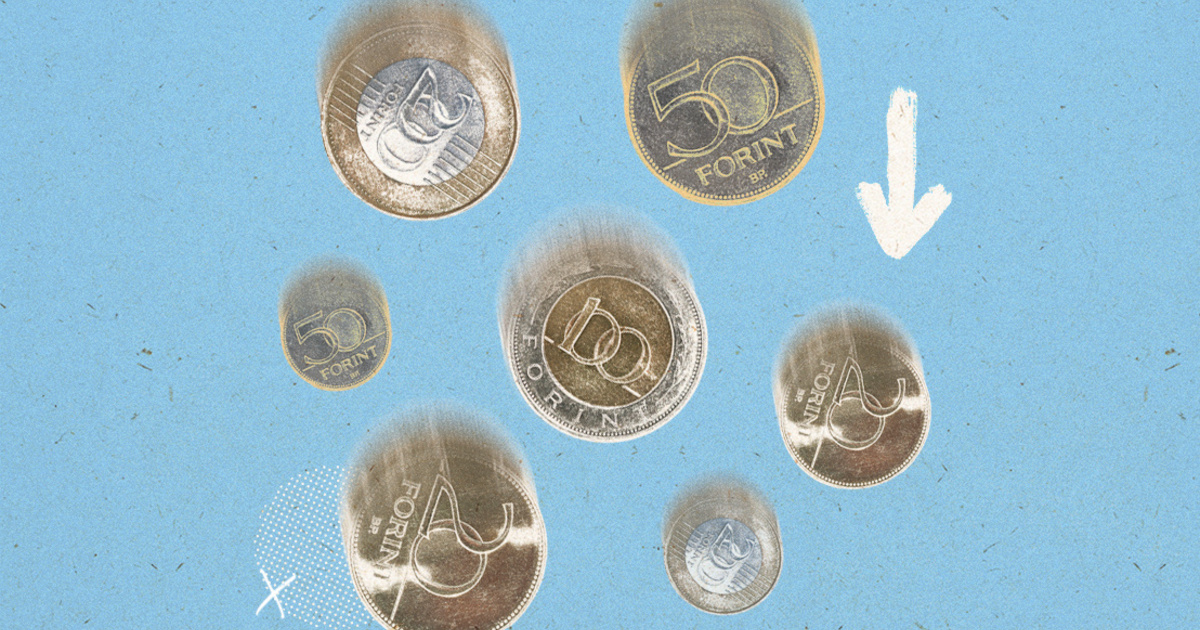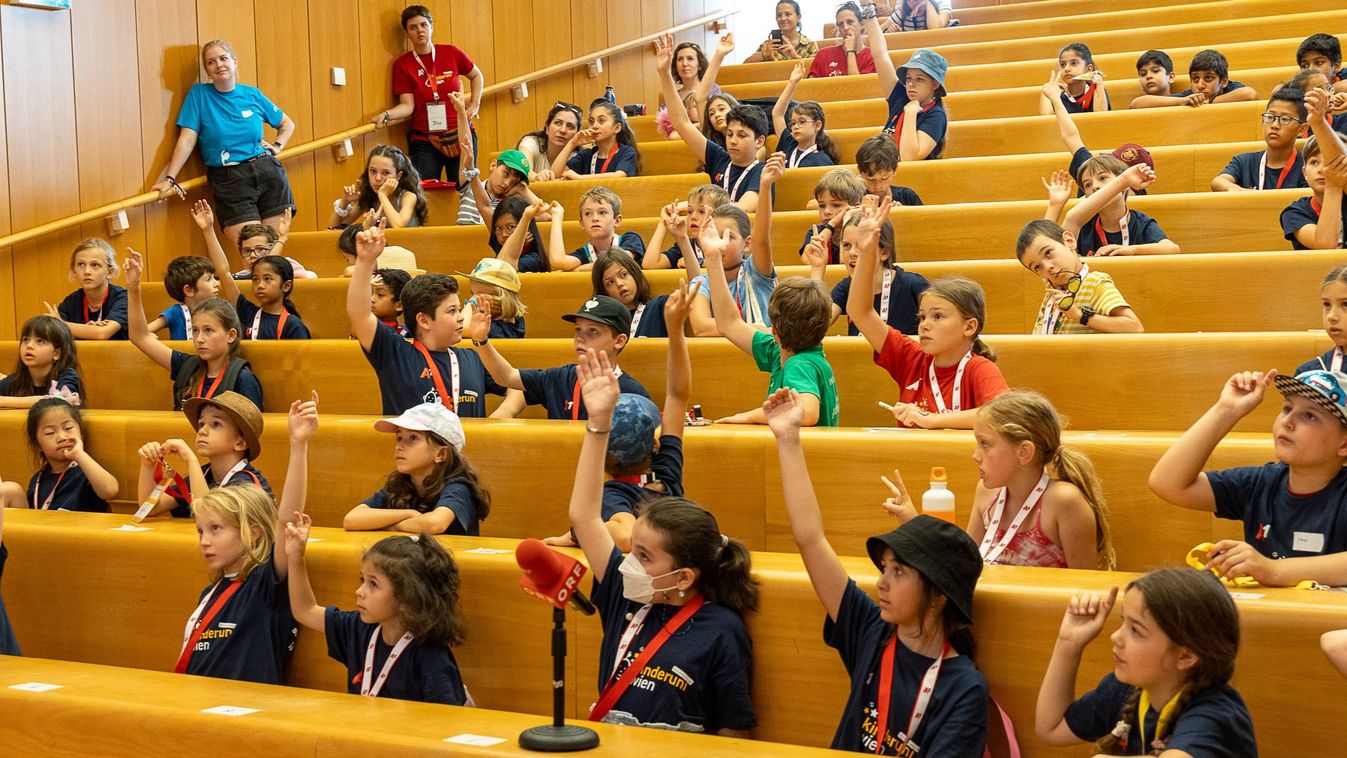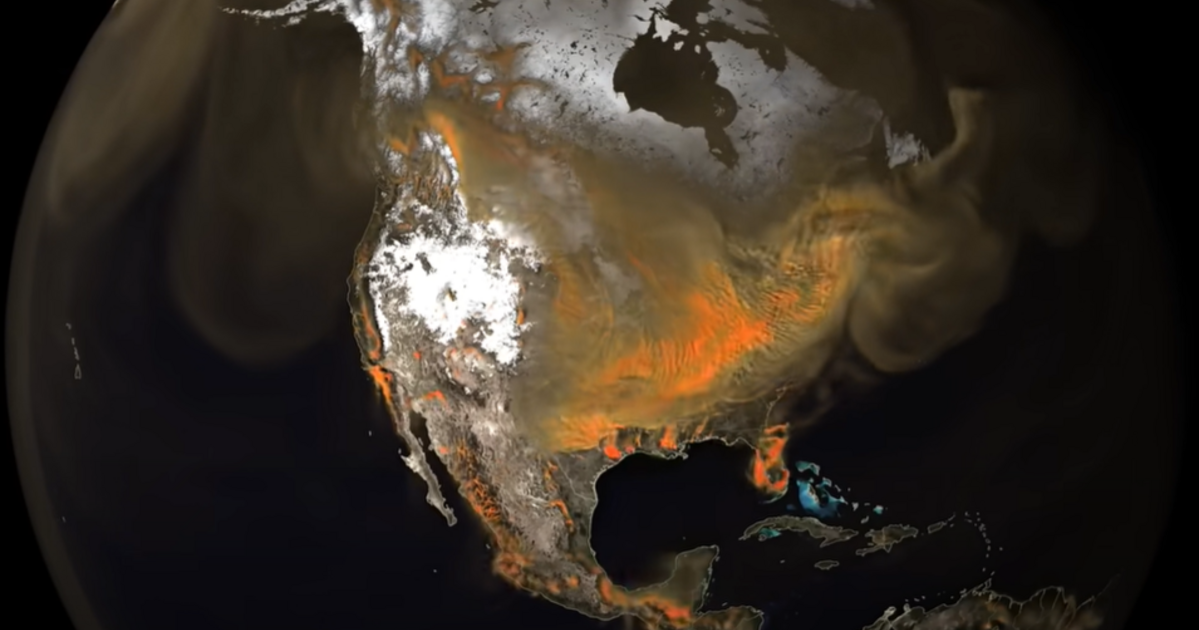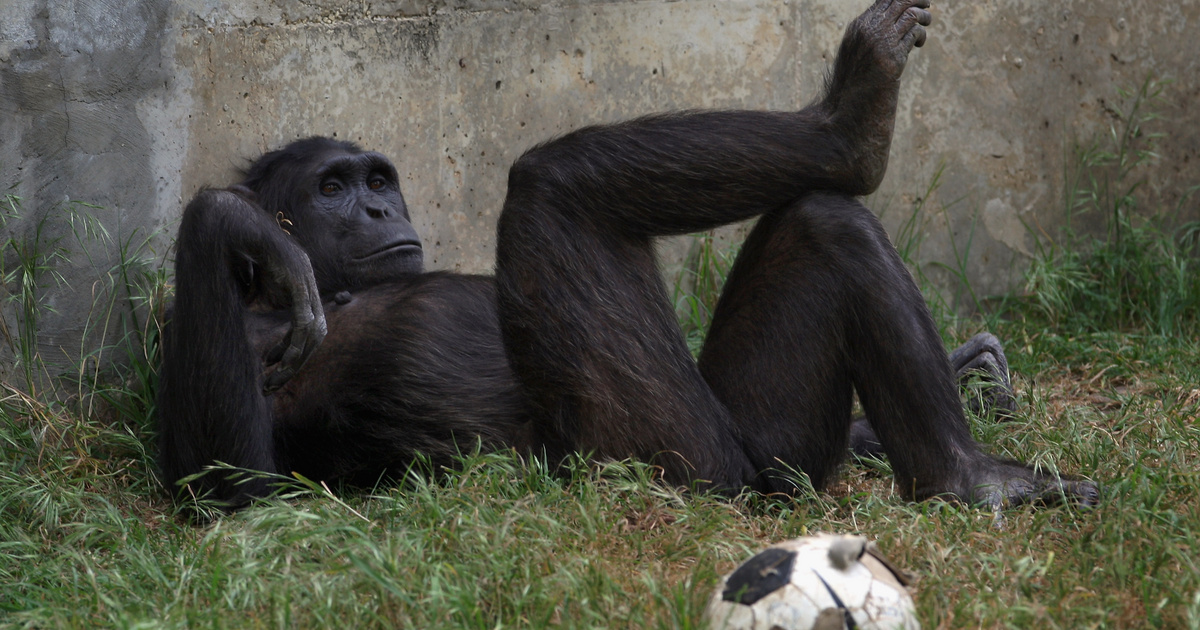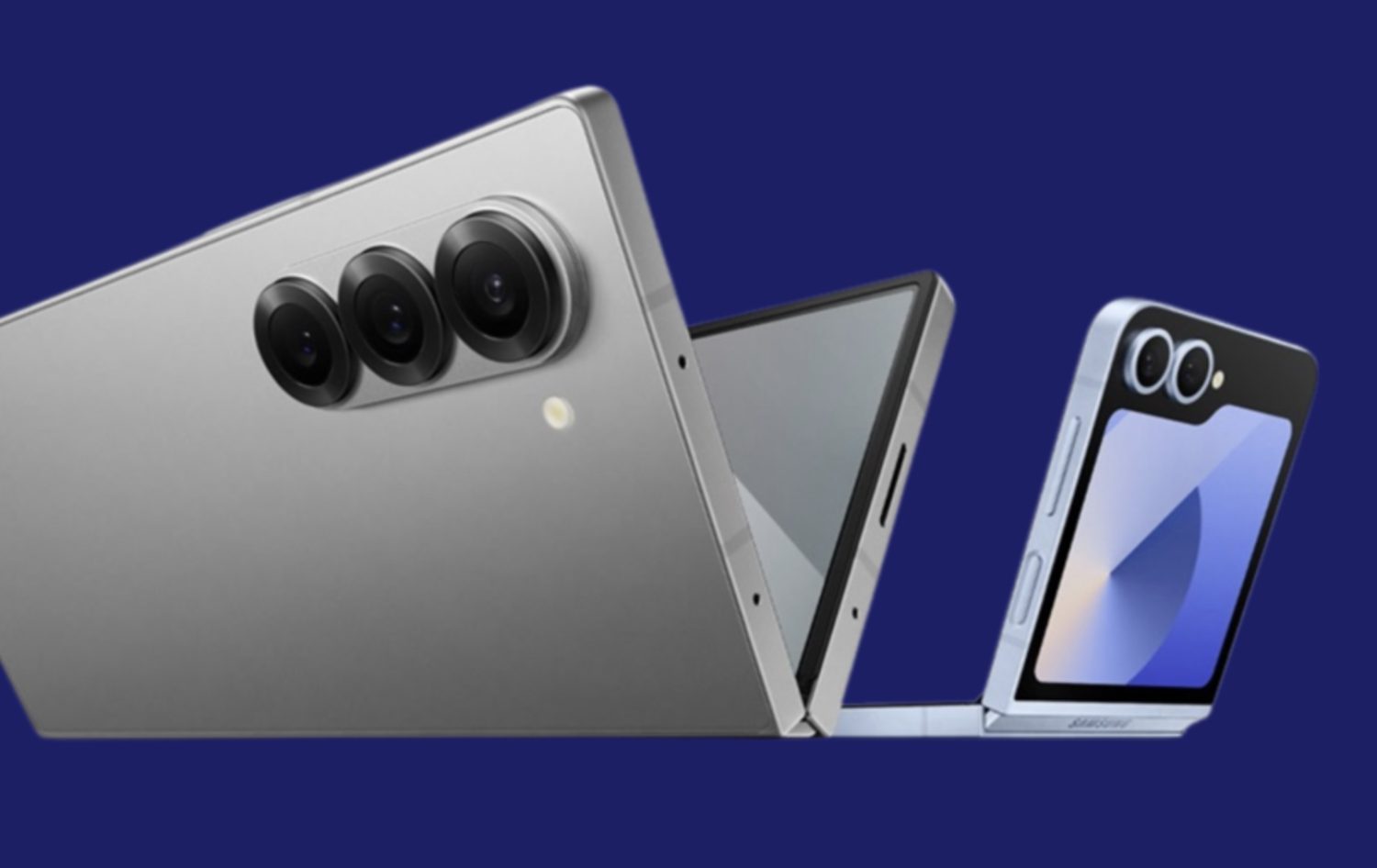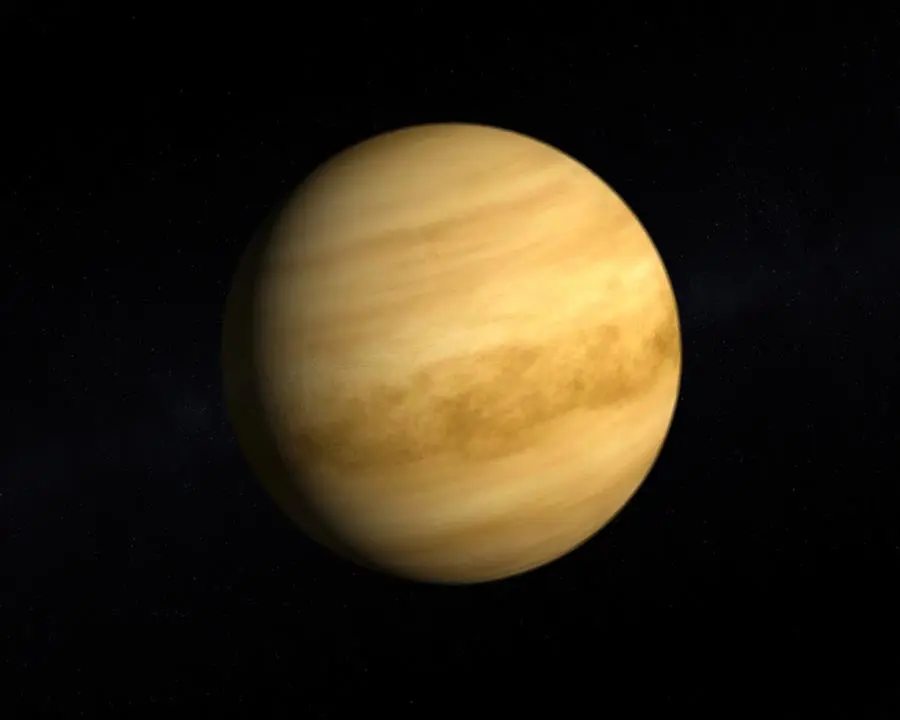A NASA spacecraft landed on the rugged surface of the asteroid Bennu on Tuesday, taking a sample of rocks dating from the birth of the solar system to bring it home.
It was the first for the United States – only Japan had previously obtained asteroid samples.
The so-called “Touch-And-Go” maneuver was run by Lockheed Martin Space in Denver, Colorado, at which an announcer said at 6.12 pm (22:12 GMT) Tuesday: “Touchdown announced. Sampling is in progress,” and the scientists broke out. In celebration.
Seconds later, the Lockheed mission operator Estelle Church confirmed that the spacecraft had moved away from the space rock after making contact, announcing: “Sample collection is complete and the back burn has been executed.”
The historic mission had been in the pipeline for 12 years and settled into a critical 16-second period as the Osiris Rex minivan-sized spacecraft extended its 11-foot (3.35 m) robotic arm toward a flat spot of gravel near the North Pole of Pino and picked up a sample. From rocks – the first handful of virgin asteroid rocks for NASA.
The probe will send photos of the sample collection on Wednesday and throughout the week so that scientists can examine how much material has been recovered and determine if the probe will need to make another attempt at sample collection.
Scientists want at least 2 ounces (60 grams) and, ideally, closer to 4 pounds (2 kg) of the crumbly, carbon-rich black Benno – which is believed to contain the building blocks of the solar system. The asteroid is located more than 200 million miles (321.9 million km) from Earth.
The head of the scientific mission at NASA, Thomas Zurbuchen, likened Pino to a Rosetta Stone: “There is something that exists that tells the entire history of our planet, and the solar system, over the past billions of years.”
‘Just perfect’
If the successful combination is confirmed, the spacecraft will begin its journey back toward Earth, arriving in 2023.
“Everything went perfectly perfectly,” Dante Loretta, principal investigator for OSIRIS-REx from the University of Arizona, Tucson, said in a live broadcast to NASA from the Lockheed Mission Support Building. “We overcame the amazing challenges that this asteroid threw at us, and it looks like the spacecraft has worked flawlessly.”
The robotic arm collector, in the form of an oversize shower head, is designed to release compressed gas to lift debris.
The spacecraft was launched in 2016 from the Kennedy Space Center on a flight to Benno. It has been in orbit around the asteroid for nearly two years in preparation for the Touch and Go Maneuver.
Bennu, which is over 4.5 billion years old, was chosen as the target because scientists believe it is a fraction of what was once a much larger space rock that split apart during a collision of two asteroids early in the Sun’s history. the system.
“Asteroids are like time capsules that float in space and can provide a fossil record of the birth of our solar system,” Lori Glaze, director of planetary science at NASA, told Al Jazeera. “They can provide valuable information about how planets, like ours, appeared.”
Thanks to data collected from orbit, the NASA team identified two major discoveries: first, that between 5 and 10 percent of Benno’s mass is water, and second, that its surface is littered with carbon-rich particles. Analyzing the atomic level of samples from Bennu could help scientists better understand the role that asteroids played in bringing water to Earth and seeding it with prebiotics that provided the building blocks for life.
Studying these materials could also help scientists discover whether life has existed elsewhere in the solar system as well.
“If this kind of chemistry happened in the early solar system, it probably happened in other solar systems as well,” Loretta, the lead investigator for OSIRIS-Rex, told Al Jazeera in an interview before the hack on Tuesday. “It helps us assess the likelihood that life will arise throughout the galaxy and, ultimately, throughout the universe.”
Japan expects samples from its second asteroid mission – in milligrams at most – to land in the Australian desert in December.



